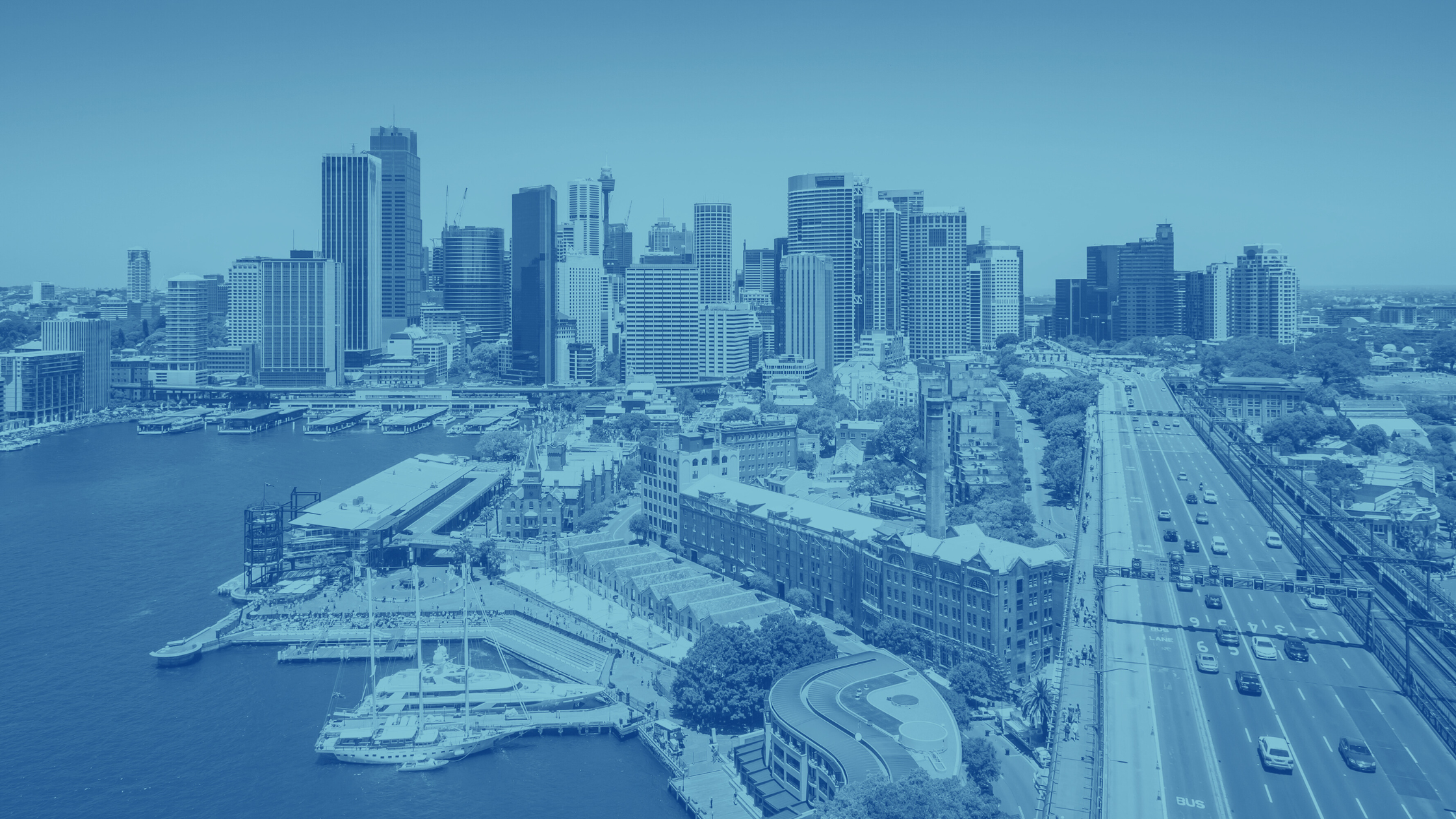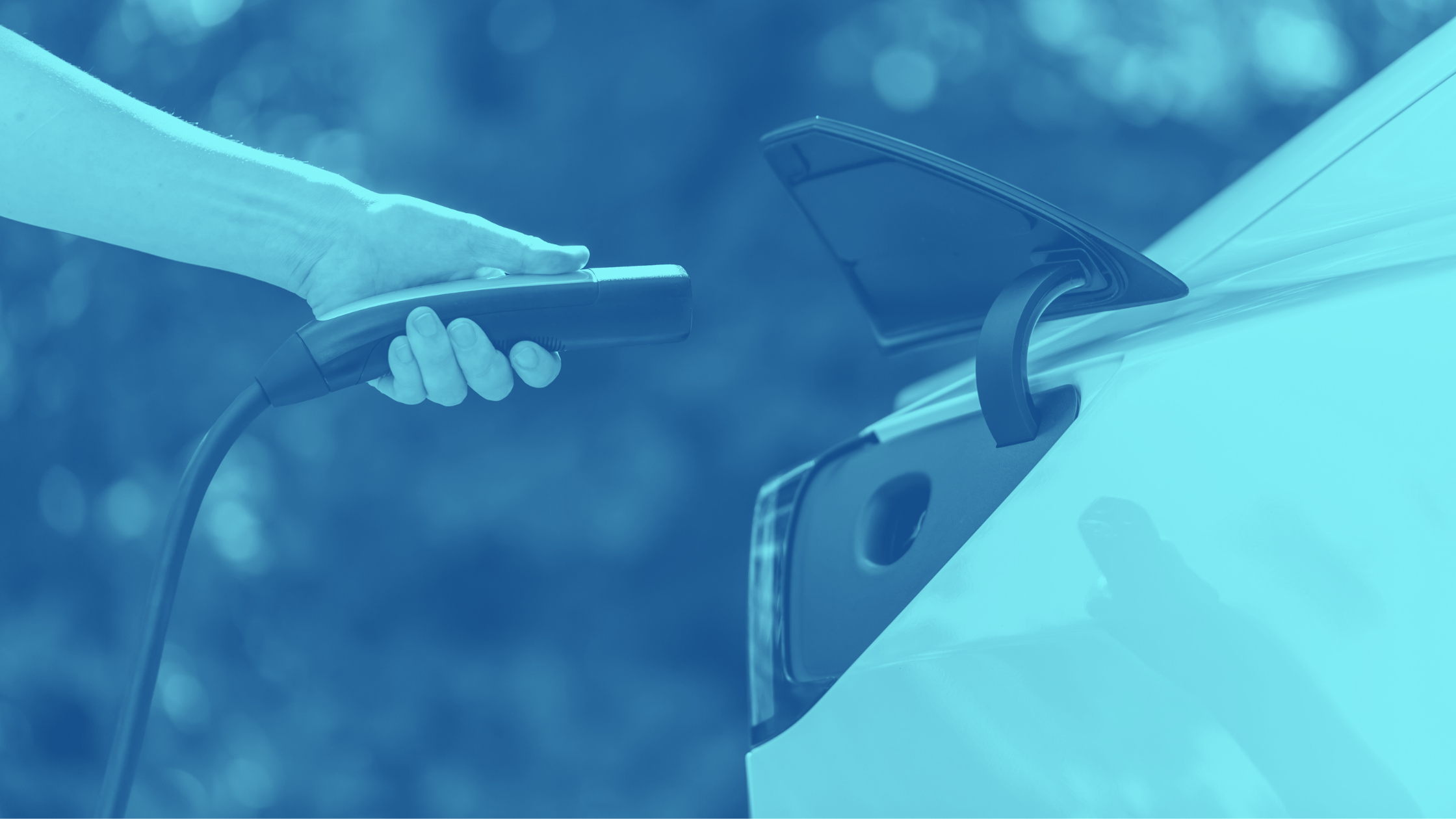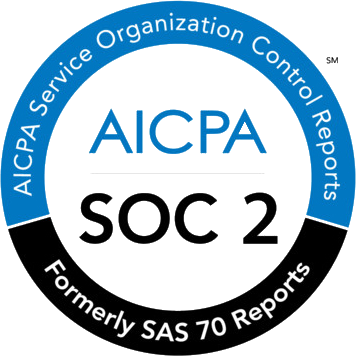Space management has significantly evolved over the years, transitioning from traditional approaches to more innovative solutions like Arrival Solutions. Thus, understanding these changes is crucial for organizations aiming to optimize their operations and real estate usage.
Table of Contents
ToggleTraditional Space Management: The Allocation of Space
Traditional space management primarily involves the physical and strategic allocation of workspaces. Its benefits are evident in many organizational structures:
- Structured Environment: It provides a defined, stable environment conducive to standard operational needs.
- Cost-Efficiency: By optimizing the use of space, companies can reduce overhead costs associated with underutilized areas.
- Controlled Growth: Traditional methods allow for planned expansion, avoiding haphazard development.
However, traditional space management also comes with its setbacks:
- Inflexibility: It often fails to adapt quickly to changing business needs or unexpected shifts in the workforce.
- Underutilization of Resources: Fixed spaces may not always be used efficiently, leading to wasted resources.
- Limited Employee Mobility: Restricting workers to specific locations can hinder collaboration and creativity.
Arrival Solutions: A Leap Forward in Space Management
Arrival solutions represent a significant advance in space management, leveraging technology to dynamically optimize workspace usage. Wayleadr, the world’s #1 arrival platform, exemplifies the power of these solutions.
- Dynamic Adaptation: Unlike traditional methods, Arrival Solutions adapt in real-time to changing needs, ensuring efficient space utilization.
- Enhanced Collaboration and Flexibility: They promote a more collaborative and flexible work environment, vital in today’s business landscape.
- Data-Driven Decisions: With arrival solutions, organizations can make informed decisions based on real-time data and analytics.
- Sustainability and Efficiency: By optimizing space usage, companies can reduce their carbon footprint and operational costs.
What is an Arrival Solution?
An arrival solution is a comprehensive, integrated approach designed to simplify all aspects of an employee’s arrival and presence in the workplace.
This concept goes beyond simple management of physical spaces; it incorporates advanced technology to facilitate every component of the workday start—from parking, desk booking, and meeting room reservations to efficient visitor management systems.
Using these smart, interconnected technologies, arrival solutions ensure that every part of the office environment is optimized for accessibility, usability, and efficiency. As a result, these solutions are equipped with real-time responsiveness and analytics capabilities, allowing for dynamic adjustments based on actual usage patterns and needs.
This approach not only makes the workplace more adaptable but also more intuitive to the needs of its users, fostering an environment that maximizes productivity and employee satisfaction.
Comparing the Benefits
The advantages of Arrival Solutions over traditional space management can be outlined as follows:
- Efficiency: Arrival Solutions reduce time wasted in finding parking, desks, and rooms through intelligent systems and real-time updates.
- Flexibility: These systems adapt seamlessly to changing workforce sizes and hybrid work models, unlike the static nature of traditional space management.
- Data Utilization: The ability to collect and analyze data from Arrival Solutions allows for continuous improvement in workplace layouts and employee satisfaction.
- Security and Safety: Enhanced capabilities in managing and monitoring office premises and visitors ensure a secure working environment.

The Future of Workplace Management
As we look ahead, the trends in workplace management are increasingly leaning towards technology and flexibility. Wayleadr is poised to lead these changes with its innovative Arrival Solutions, ensuring that workplaces not only keep up with modern demands but are also future-proofed against upcoming shifts in work culture.
Traditional space management, while foundational, does not fully meet the evolving needs of modern businesses.
Arrival Solutions, exemplified by Wayleadr’s offerings, provide a dynamic, flexible, and data-driven approach that enhances workplace efficiency and sustainability.
As organizations look to optimize their operations, embracing these modern strategies becomes not just beneficial but necessary.
Explore how Wayleadr’s Arrival Solutions can transform your space management practices. Contact us today for a demonstration or to discuss how we can help optimize your workplace logistics for the future.





